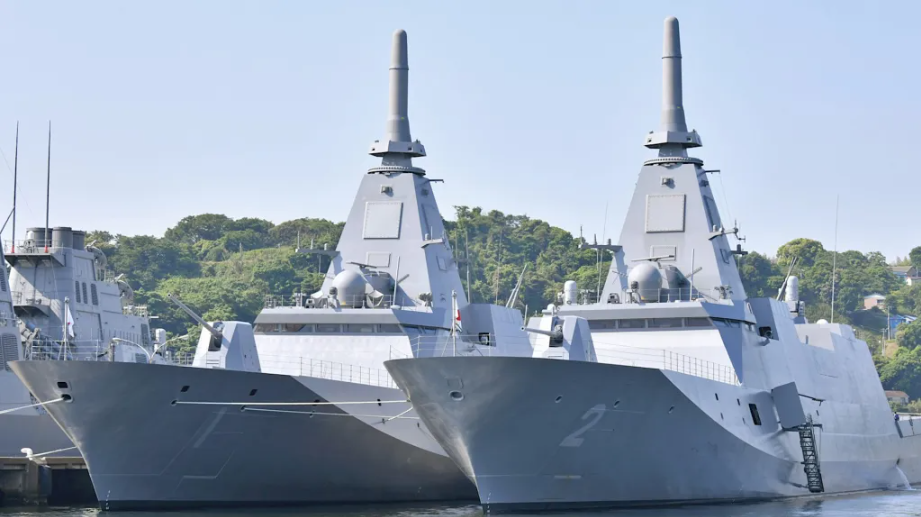
Even the grumpiest of strategists have to be pleased with what the surface fleet will look like in the 2030s. But if we have to fight tonight? ⬇️
An enhanced Mogami class, a strengthened partnership with Japan – a manufacturing powerhouse and key ally in our region. This decision has lots to like – it simply leaves you asking for more and more quickly! But the cold hard truth is that if the war drums start to beat we will fight with the fleet we have, not the one we have on back order.
Dr. Peter Layton, PhD has a quality short read in Australian Strategic Policy Institute’s The Strategist that we commend to you. His analysis of the limits to accelerating shipbuilding even in periods of total war should give you pause for thought:
“Australia has instructive warship building experience. Each recently built Hobart-class destroyer took at least five years to build, with the forthcoming Hunter-class frigates expected to take seven years each. Perhaps surprisingly, Australia’s ship-building experience during its last major war was comparable, if build time is related to tonnage.In World War II, Australia built three Tribal-class destroyers and eight River-class frigates; these typically took two to three years to build.”
The best the Americans could do with the Arsenal of Democracy cranking out Liberty Ships in the hundreds was build a simple destroyer in a year that was much smaller than modern day equivalent classes. Undoubtedly, Australia will need to identify irregular or offset capabilities to achieve the maritime tasks that we would ideally rely upon our surface and subsurface fleet to achieve. Leyton suggests we look to the small, the smart and the many:
“Missiles and UVs could not undertake all the roles of the RAN’s crewed ships, but they would allow the navy to remain in the fight. Being inexpensive, they could be numerous. Being small, they could be built much faster than crewed ships. Functions would include surface and undersea surveillance, mine countermeasures, mine laying, hydrography, maritime and land strike, undersea warfare, carrying supplementary missile cells to increase crewed warship capabilities and, noting Ukrainian successes, potentially low-altitude local air defence.”
Now neither Leyton nor Beaten Zone suggest these are the optimal solutions, but we can’t afford to wait for the fleet of the future if the fight is tonight. How do we offset the gaps and vulnerabilities with innovative low cost solutions that can be built onshore and scaled as required? Whether it is a missile, a drone, a sea mine or something else we need to innovate and create new consumables of combat. Let’s start by tapping into Start Ups and Small to Medium Enterprises…
Food for thought!
📸 via The War Zone, article on the Mogami decision from The War Zone and Peter Leyton’s op-ed in the Strategist are in the links.
